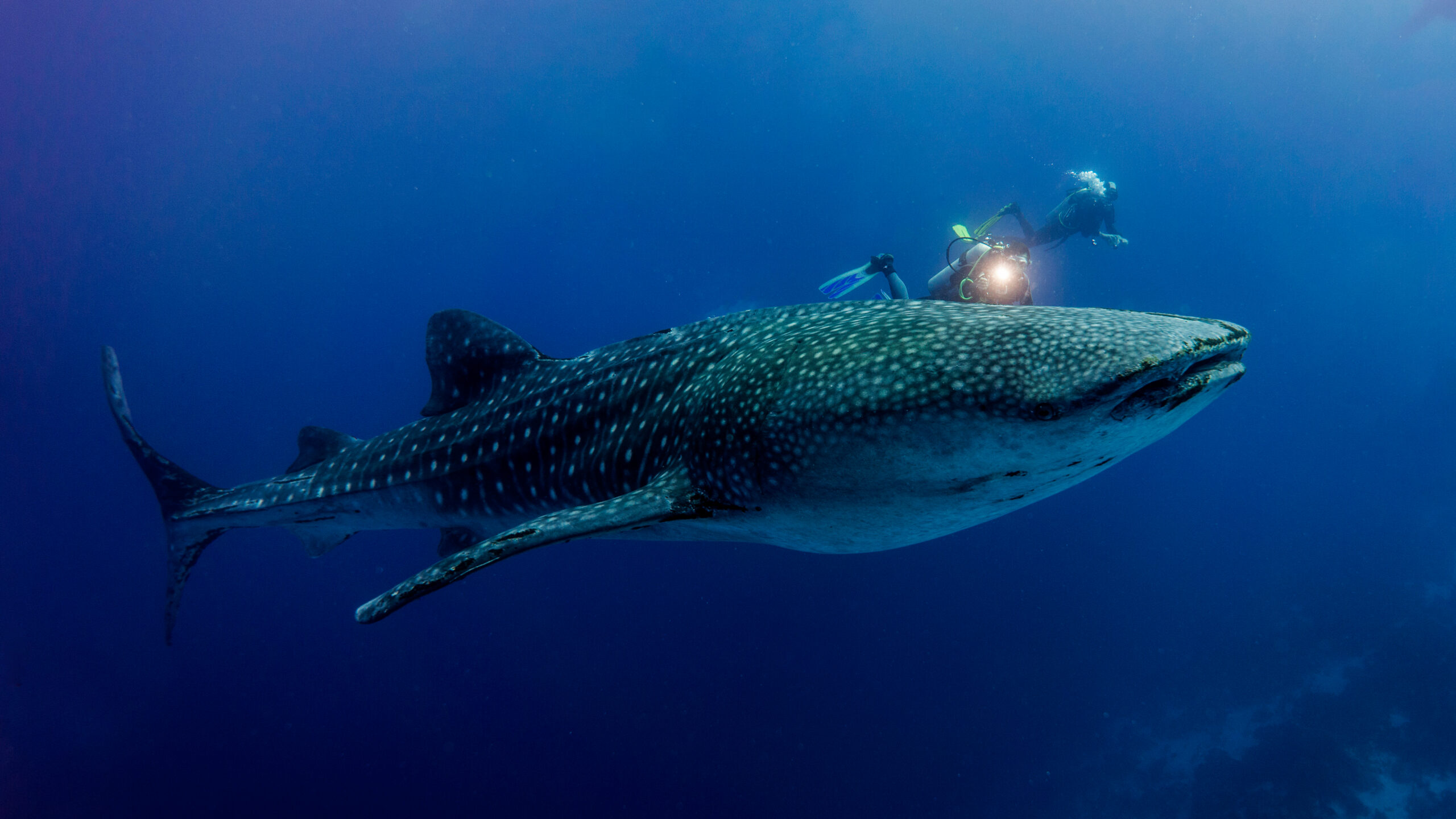In the vast and diverse ecosystem of the world’s oceans, some fish species stand out due to their sheer size and majesty.
These giants of the sea fascinate scientists and ocean enthusiasts alike, offering a glimpse into the incredible biodiversity that the underwater world holds.
From the gentle giants that glide through the open ocean to the fearsome predators that patrol the deep, the largest fish species on Earth are as varied as they are impressive.
Join us as we explore the largest fish species on Earth, going into their unique characteristics and the roles they play in the marine environment.
1. Whale Shark
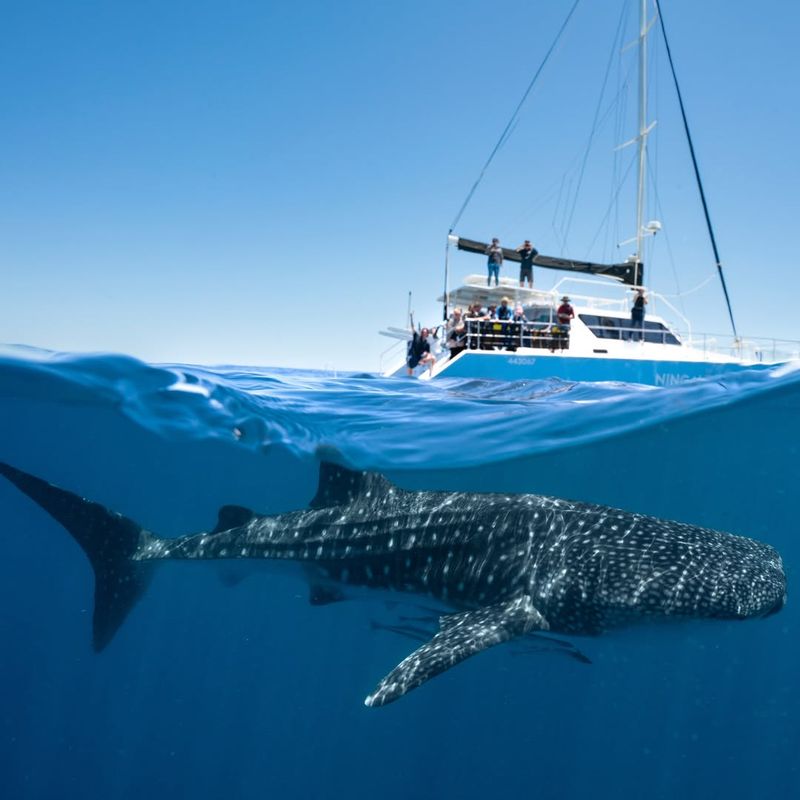
As the largest fish in the ocean, the whale shark can grow up to 40 feet in length. These gentle giants are filter feeders, primarily consuming plankton and small fish.
Despite their enormous size, whale sharks pose no threat to humans and are often found swimming leisurely near the surface of tropical ocean waters. Their unique patterns of white spots and stripes make them easily recognizable.
Whale sharks are a popular attraction for divers and snorkelers, who flock to hotspots like the Ningaloo Reef in Australia to witness these majestic creatures up close. Their presence highlights the rich biodiversity of marine ecosystems.
2. Basking Shark
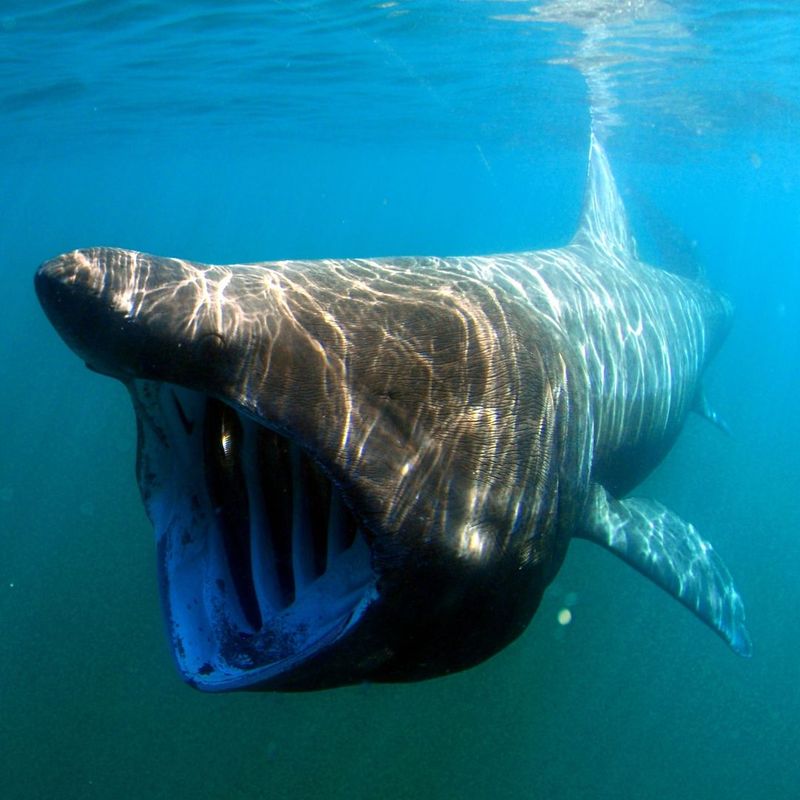
Known for its immense size, the basking shark is the second-largest fish species, reaching lengths of up to 39 feet. Like the whale shark, it is a filter feeder, leisurely gliding through ocean waters with its mouth open to catch plankton.
Basking sharks are commonly found in temperate waters, often near the surface. They are harmless to humans, despite their intimidating size. These gentle giants play a crucial role in marine ecosystems by helping to control plankton populations.
Sightings often occur around the British Isles during the spring and summer months.
3. Great White Shark
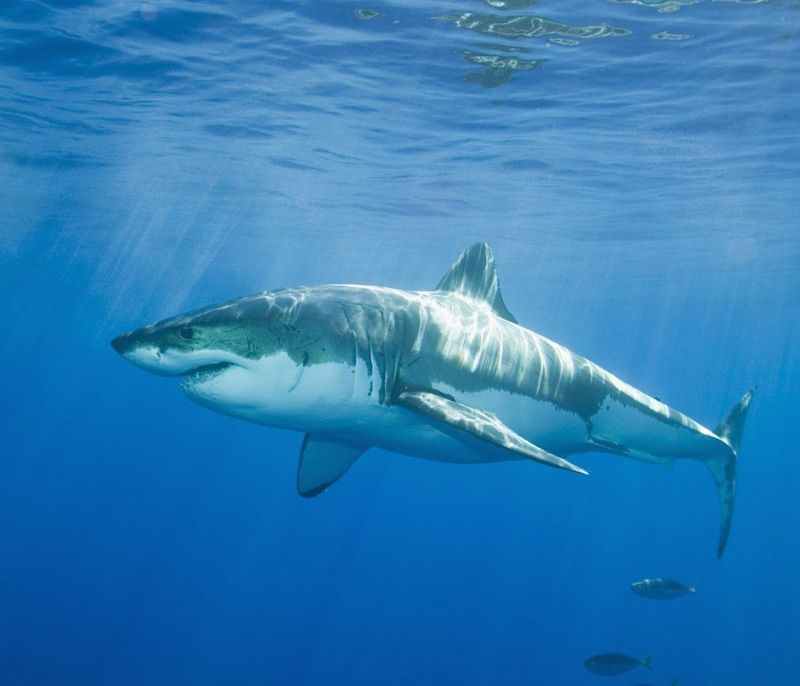
The great white shark is one of the most well-known and feared predators in the ocean. Reaching lengths of up to 20 feet, this apex predator is equipped with powerful jaws and sharp teeth.
Great whites are found in coastal waters around the world, from the chilly waters of California to the warm coasts of South Africa. They are known for their striking hunting techniques and breaching behavior.
Despite their reputation, great white sharks are not as dangerous to humans as often perceived. They play a vital role in maintaining the balance of marine ecosystems by controlling the populations of seals and other prey species.
4. Tiger Shark
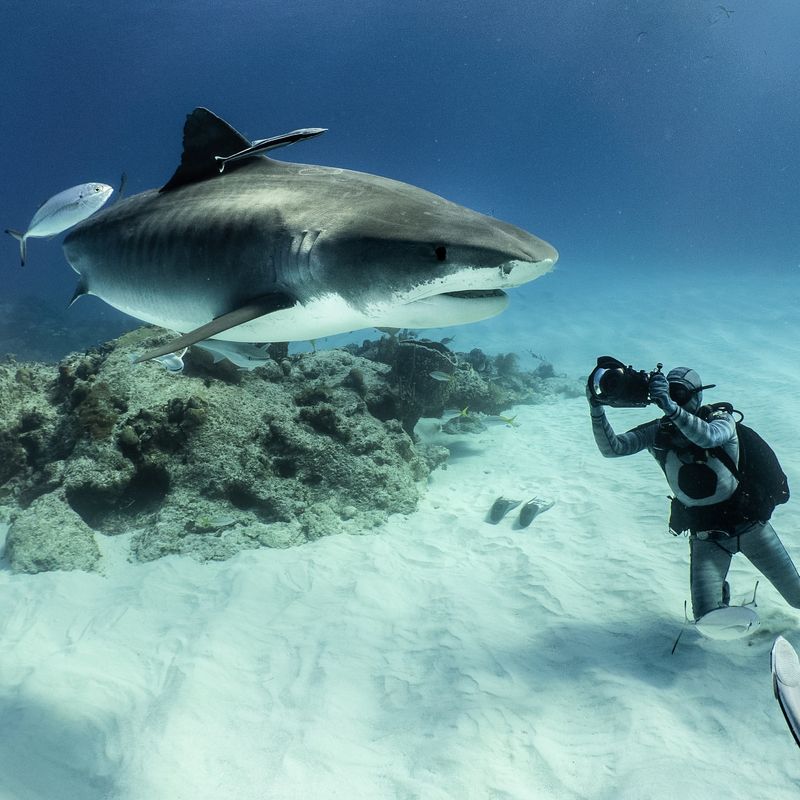
Renowned for their striking appearance, tiger sharks are one of the largest predatory fish, reaching up to 18 feet in length. They are easily distinguished by the dark, vertical stripes that run along their bodies.
These sharks inhabit tropical and subtropical waters, where they are known for their wide-ranging diet that includes fish, seabirds, and even turtles.
Tiger sharks are often referred to as the “garbage cans” of the sea due to their indiscriminate feeding habits. They play an important role in marine ecosystems by keeping prey populations in check.
5. Greenland Shark
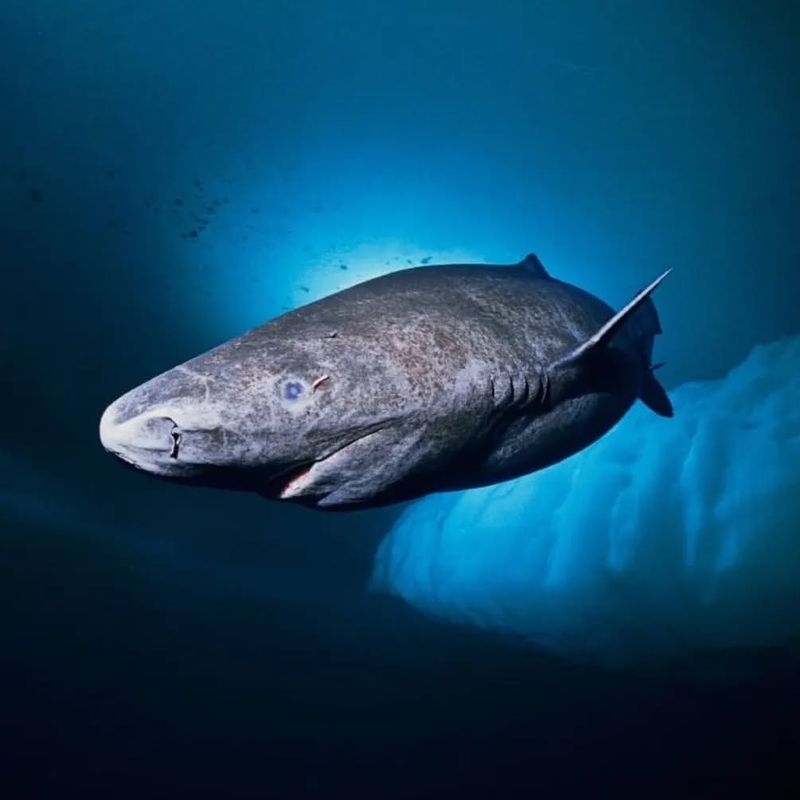
This mysterious shark is one of the longest-living vertebrates, with some individuals estimated to be over 400 years old. These slow-moving giants can grow up to 24 feet in length.
Greenland sharks inhabit the deep, cold waters of the North Atlantic Ocean and Arctic regions. They are known for their sluggish movements and long lifespans.
Unlike their more aggressive relatives, Greenland sharks feed on a variety of prey, including fish and marine mammals. Their longevity and adaptability make them fascinating subjects of scientific study.
6. Ocean Sunfish
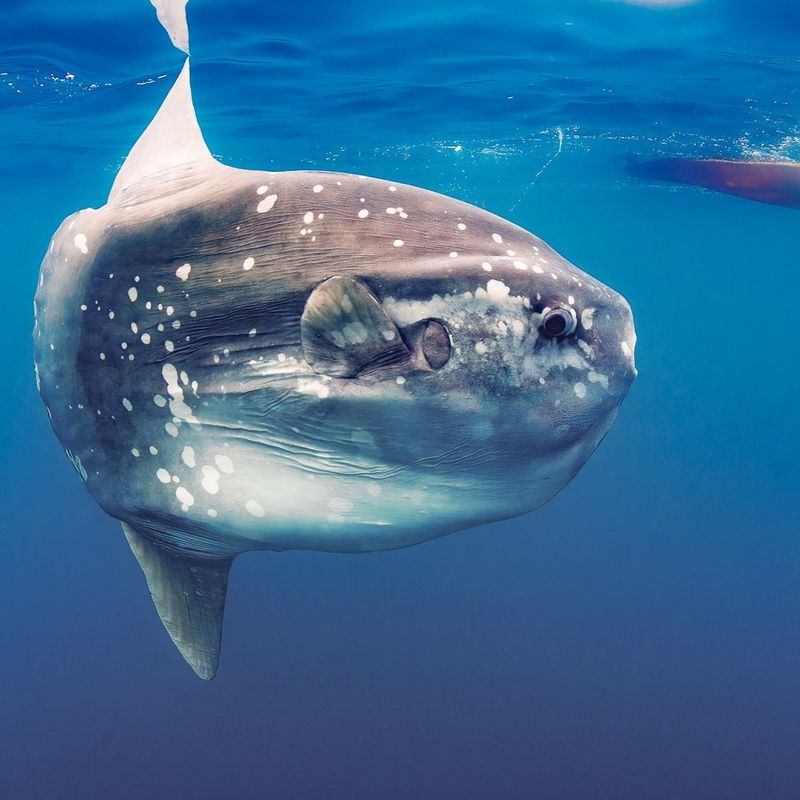
Also known as the mola mola, the Ocean Sunfish is one of the heaviest bony fish in the world, weighing up to 2,200 pounds. Its flattened, round body gives it a unique appearance.
Sunfish are often seen basking in the sun near the surface of the water, which is thought to help regulate their body temperature.
They are found in temperate and tropical oceans worldwide. Despite their intimidating size, ocean sunfish primarily feed on jellyfish and small fish. They are a favorite subject of marine biologists due to their unusual shape and gentle nature.
7. Beluga Sturgeon
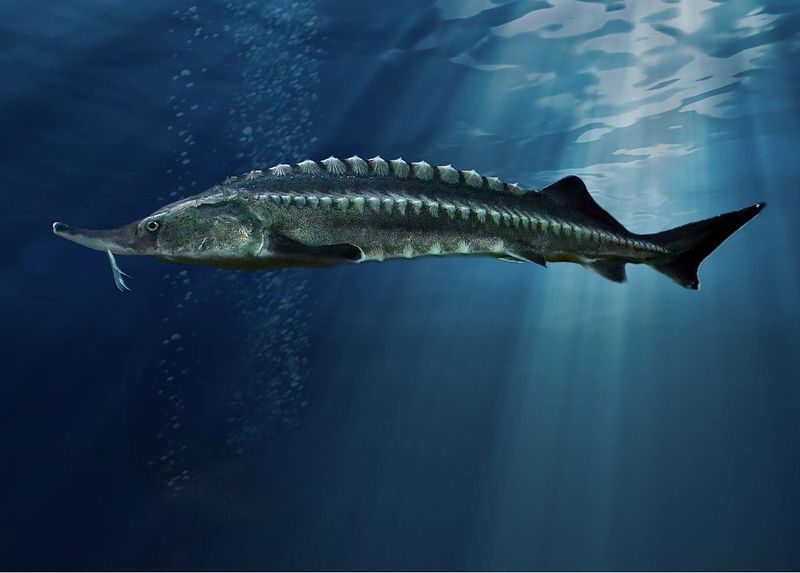
This ancient fish species can grow up to 20 feet in length and weigh over a ton. The beluga sturgeon is renowned for producing the world’s most expensive caviar. Found in the Caspian and Black Sea basins, beluga sturgeons are anadromous, migrating from the sea to freshwater rivers to spawn.
Due to overfishing and habitat loss, beluga sturgeons are critically endangered. Conservation efforts are underway to protect these majestic fish and their habitats for future generations.
8. Manta Ray
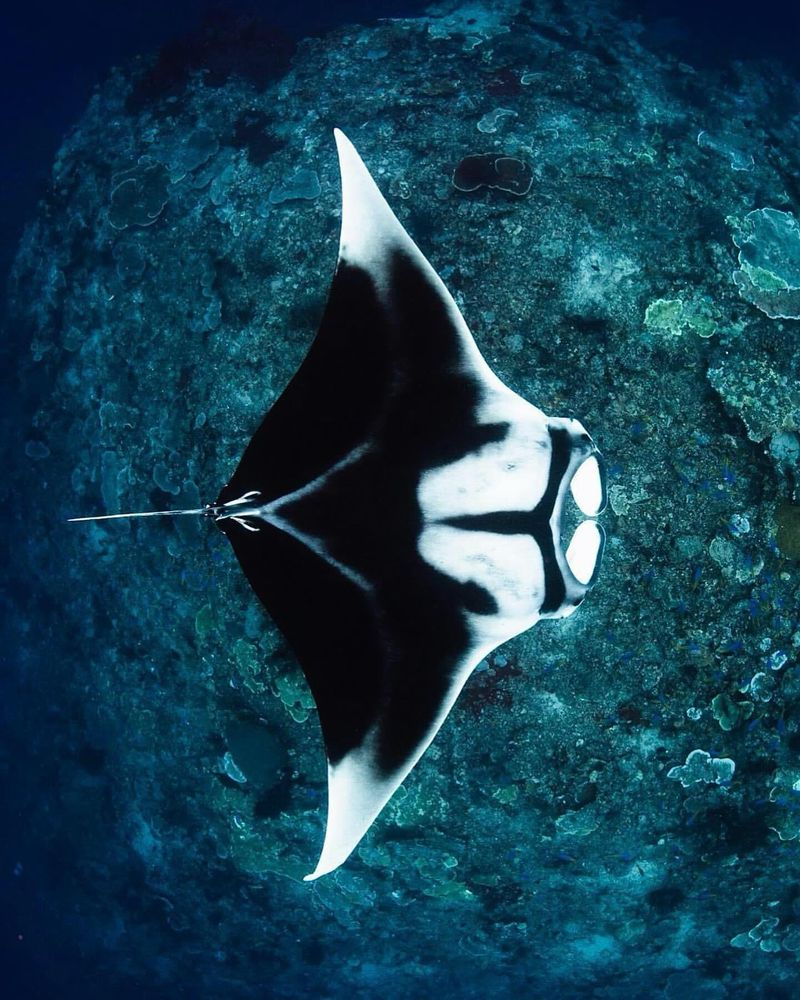
Manta rays are among the largest rays in the world, with wingspans that can reach up to 29 feet. These majestic creatures are known for their gentle and inquisitive nature.
Inhabitants of tropical and subtropical waters, manta rays feed on plankton, which they filter from the water using their specialized gill rakers. Manta rays are popular with divers and marine enthusiasts, who are captivated by their elegant swimming patterns.
Their presence in healthy marine ecosystems is an indicator of rich biodiversity.
9. Alligator Gar
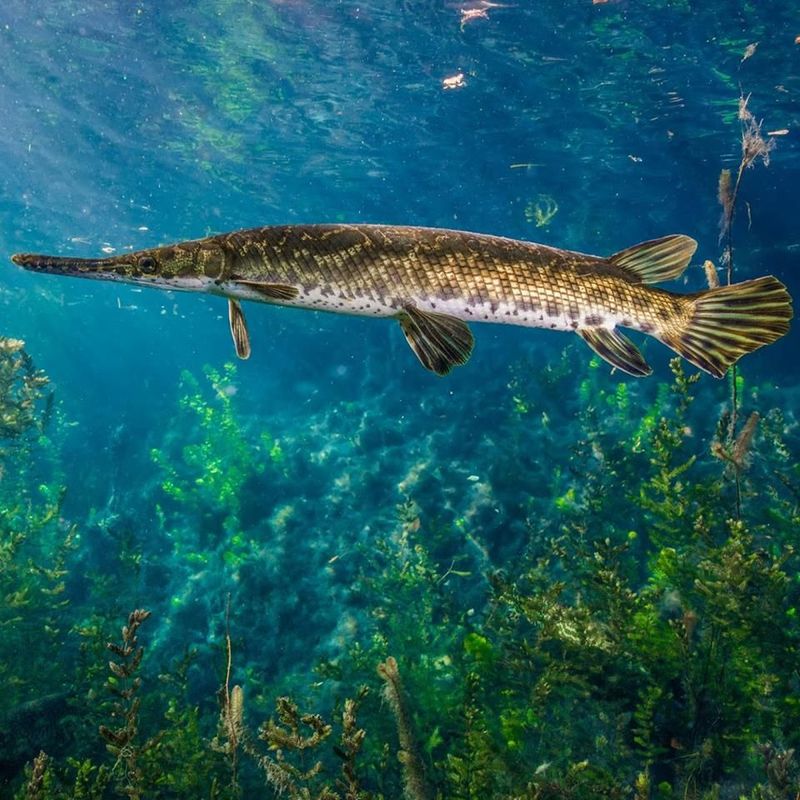
The Alligator Gar, native to North America’s rivers, is one of the largest freshwater fish, with lengths reaching up to 10 feet. Its torpedo-shaped body and crocodile-like snout make it a formidable hunter.
Despite its fearsome appearance, the Alligator Gar is essential for maintaining healthy fish populations by controlling prey numbers. Habitat destruction and fishing pressure have threatened its numbers.
Conservation efforts focus on habitat protection and population monitoring. Educating the public about its ecological role can help shift perceptions and promote conservation of this misunderstood giant.
10. Giant Freshwater Stingray
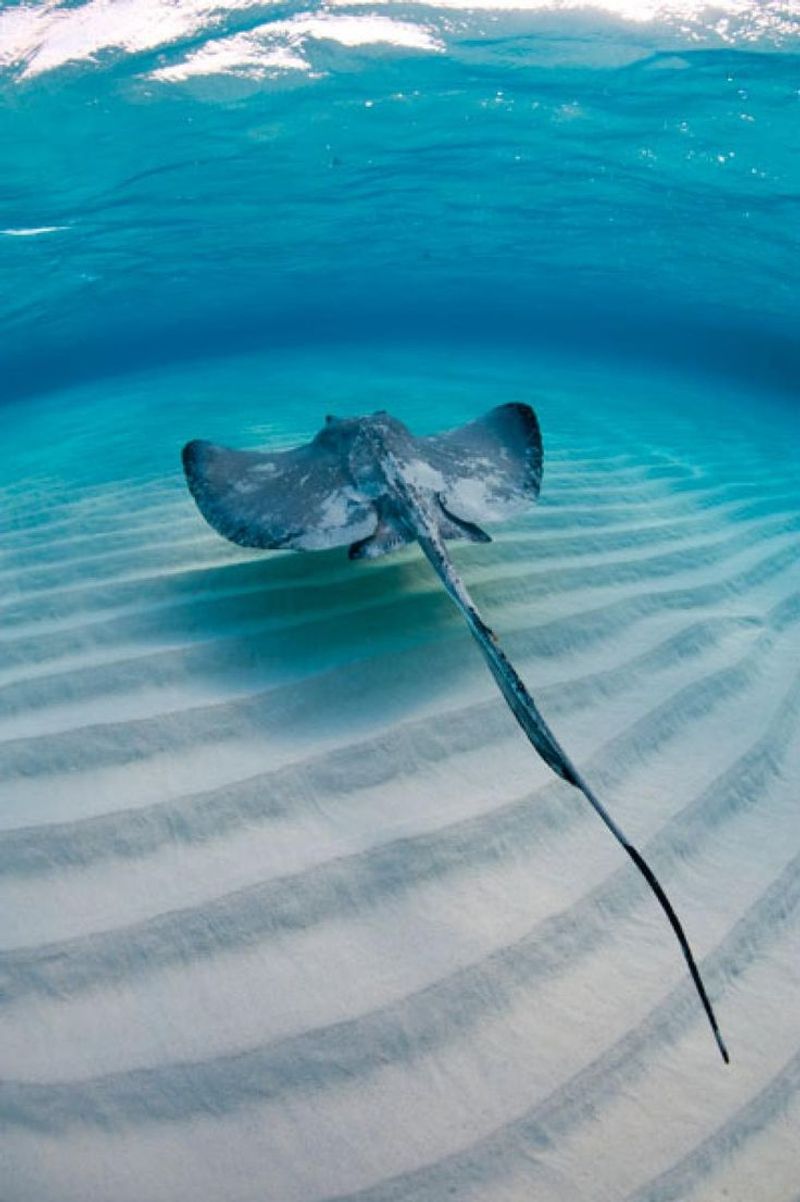
The giant freshwater stingray is one of the largest freshwater fish, with some individuals measuring over 16 feet in length, including the tail.
Found in Southeast Asian rivers, they are elusive and poorly understood. These stingrays are bottom-dwellers, often burying themselves in the riverbed. Despite their size, they are not aggressive and pose little threat to humans.
Due to habitat degradation and overfishing, giant freshwater stingrays face significant threats. Conservation efforts aim to protect their habitats and ensure their survival in the wild.
11. Sawfish
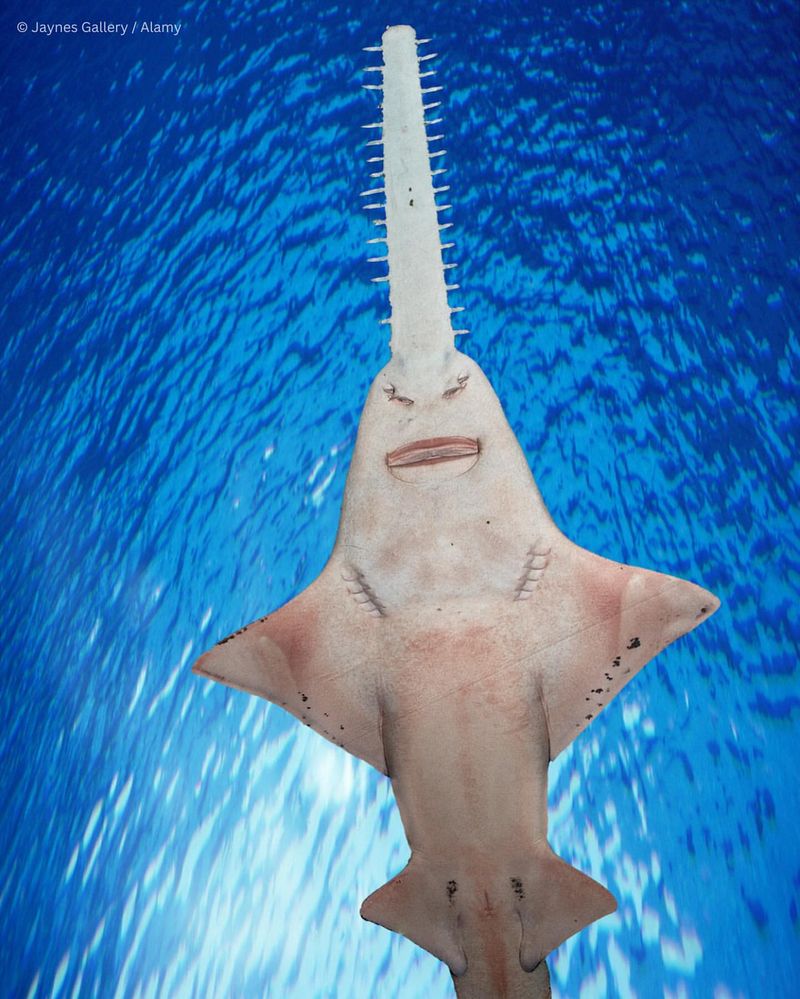
These fish are unique for their long, saw-like snouts, which they use to slash at schools of fish. These fascinating creatures can grow up to 23 feet in length. Inhabiting coastal and estuarine waters in tropical and subtropical regions, sawfish are critically endangered due to habitat loss and overfishing.
Efforts are underway to protect sawfish populations through habitat conservation and fishing restrictions. Their distinctive appearance and ecological role make them a priority for marine conservationists.
12. Hammerhead Shark
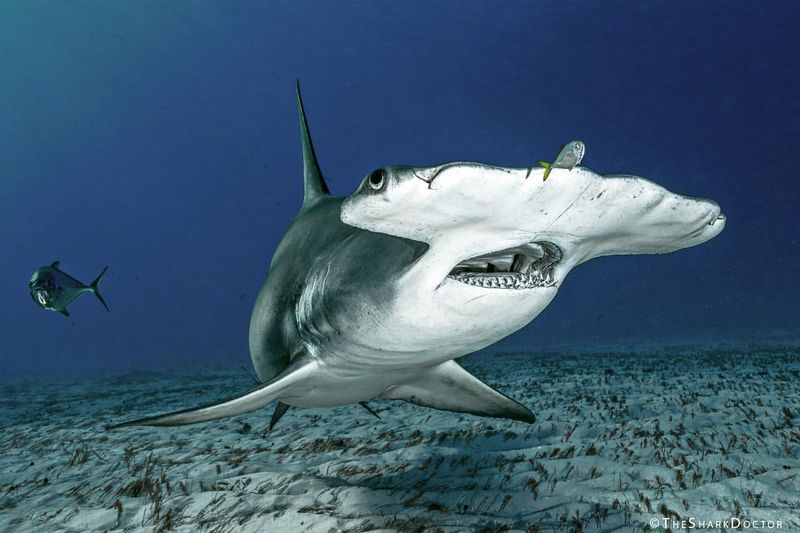
Hammerhead sharks are easily recognizable by their distinctive head shape, which provides enhanced sensory capabilities. These remarkable predators can reach lengths of up to 20 feet.
Found in warm waters worldwide, hammerheads are known for their schooling behavior, often seen swimming in large groups. They feed on a variety of prey, including fish and octopuses. The unique head shape of hammerheads gives them a unique advantage in hunting.
Despite their fearsome appearance, they are not considered a significant threat to humans, contributing to the health of marine ecosystems.

